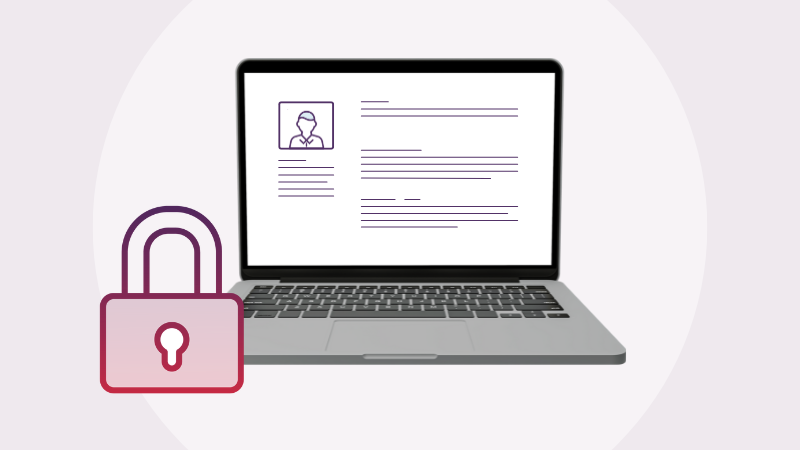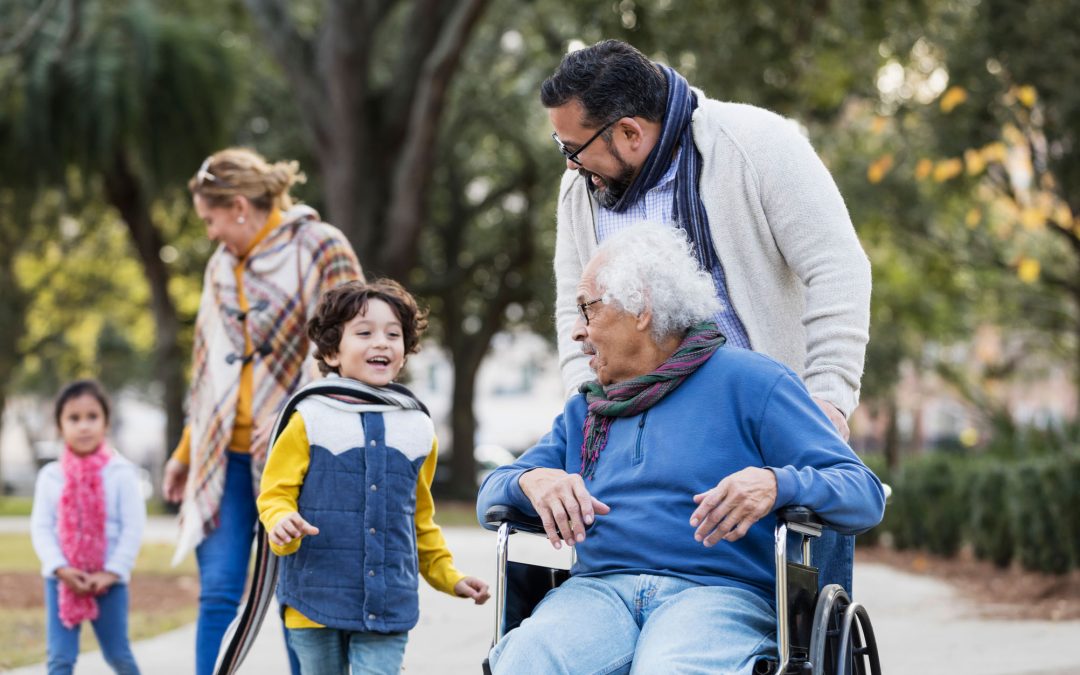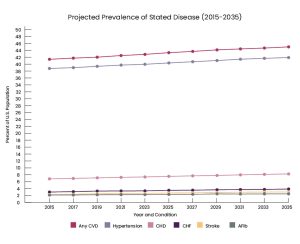
Protecting Patient Data: Ethical and Practical Considerations for Medicaid Programs
Best Practices for Case Managers to Ensure HIPAA Compliance and Foster Trust
In Medicaid programs, safeguarding patient privacy is more than a legal obligation—it’s a moral imperative. Case managers play a vital role in coordinating care for vulnerable populations, many of whom face barriers like chronic illness, housing insecurity, behavioral health challenges, or distrust in the healthcare system. When handling sensitive information, even small missteps can compromise a patient’s trust, and their willingness to engage in care.
The Health Insurance Portability and Accountability Act (HIPAA) sets clear expectations for how protected health information (PHI) should be collected, stored, and shared. But for case managers, the goal isn’t just compliance—it’s compassion. Applying HIPAA guidelines with empathy and intention builds stronger, more trusting relationships with the people you serve.
Here are key ethical and practical considerations to help Medicaid case managers uphold HIPAA protections while delivering person-centered care.
1. Practice the “Minimum Necessary” Standard
HIPAA requires that healthcare professionals only access or share the minimum amount of PHI necessary to complete a task. This standard helps reduce the risk of accidental disclosures and reinforces ethical data use.
How to apply this in daily work:
-
- Share only what’s relevant when coordinating with providers or vendors
- Customize requests instead of pulling full medical histories
- Be mindful when documenting social or behavioral health factors—include only what is essential for care planning
This practice not only protects privacy but also demonstrates respect for a patient’s dignity.
2. Use Secure Communication Methods
Fast-paced environments and heavy caseloads can make it tempting to take communication shortcuts. But texting PHI or emailing from a personal account puts data—and your organization—at risk.
Best practices include:
-
- Use encrypted email or secure messaging platforms
- Double-check email recipients before sending sensitive information
- Avoid discussing PHI over speakerphone in public or shared spaces
- Never store or share PHI on unauthorized cloud services or devices
When in doubt, consult your compliance or IT team to ensure you’re using the correct tools.
3. Safeguard PHI in the Field
Many case managers work in community settings, visiting homes, shelters, or meeting clients in public spaces. This flexibility is important—but it requires extra attention to data protection.
Tips for working securely on the go:
-
- Enable automatic screen locks and strong passwords on mobile devices
- Use two-factor authentication when logging into systems
- Avoid storing PHI on personal devices
- If paper records are necessary, keep them in a locked bag and shred as soon as possible after use
- Log out of systems completely when not in use
Even brief lapses in device security can lead to unintentional exposure.
4. Normalize Privacy as Part of Organizational Culture
Compliance shouldn’t be something that happens behind the scenes. When data privacy is discussed openly and regularly, it becomes part of how teams think and work.
Encourage a culture of privacy by:
-
- Bringing up HIPAA scenarios in team meetings
- Encouraging staff to ask questions or raise concerns without fear
- Acknowledging and rewarding attention to data protection
- Making sure new hires receive clear, practical HIPAA training
Supervisors should model best practices consistently and support team members in upholding privacy standards in real-world situations.
5. Engage Patients with Transparency
Many Medicaid recipients are wary of institutions—often with good reason. Taking the time to explain how their information is used can go a long way toward easing concerns and building trust.
Consider these simple strategies:
-
- Explain what information is being collected and why
- Reassure patients that only individuals directly involved in their care will access their records
- Answer privacy questions with honesty and empathy
- Share how their information is protected, and what their rights are under HIPAA
When patients feel in control of their information, they’re more likely to engage and follow through on care plans.
6. Partner with HIPAA-Compliant Vendors
Whether ordering a personal emergency response system (PERS), arranging transportation, or connecting patients with social services, case managers often need to share PHI with external partners. It’s essential to confirm those partners follow HIPAA standards.
At MedScope, we make it easy for case managers to submit referrals securely through:
-
- Encrypted online portals
- Dedicated fax and phone referral lines
- HIPAA-compliant email submissions using organizational platforms
We’ve built our systems with Medicaid workflows in mind so that case managers can focus on care, not compliance paperwork.
Partnering with the right tech matters. Covered health care providers and health plans must use technology vendors that comply with the HIPAA Rules and will enter into HIPAA business associate agreements.
7. Report and Respond to Incidents Quickly
Even with the best systems in place, mistakes can occur. A laptop might get lost, a fax might go to the wrong number, or an email could be misaddressed.
The most important thing you can do in those moments is act quickly:
-
- Report potential breaches immediately
- Follow your organization’s incident response procedures
- Learn from each situation and share lessons with your team
Prompt, transparent responses protect patients—and demonstrate your commitment to doing the right thing.
Final Thoughts: Privacy as a Foundation of Trust
HIPAA is more than a rulebook—it’s a reflection of what it means to treat patients with dignity and respect. For Medicaid programs and the case managers who power them, protecting patient data is foundational to delivering ethical, equitable care.
By committing to secure communication, intentional information sharing, and transparent engagement, you help ensure that every member feels seen, respected, and safe.
Want to learn more about MedScope’s HIPAA-compliant solutions? Contact us today!





